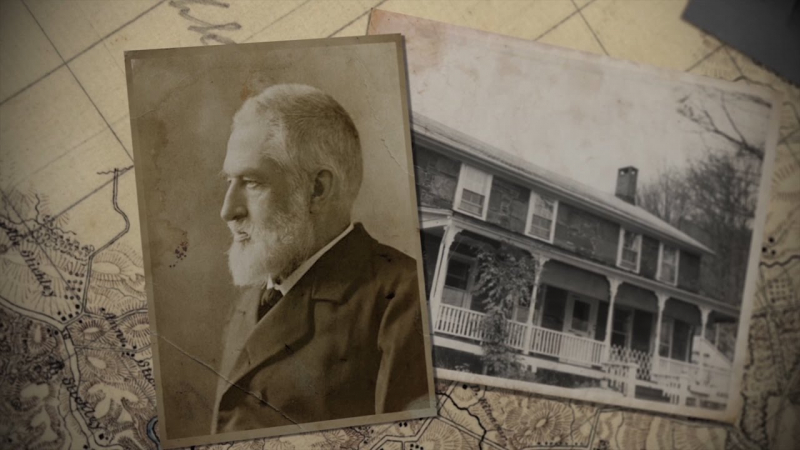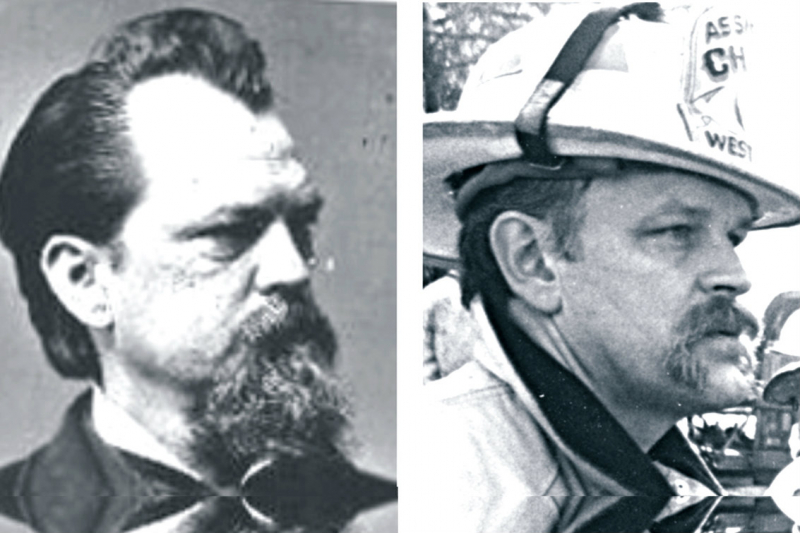The Confederate plan to strike the Union left flank was developed by Gen. John B. Gordon and chief topographical engineer Capt. Jedediah Hotchkiss.
John Brown Gordon (February 6, 1832 – January 9, 1904) was an attorney, a slaveholding plantation owner, a general in the Confederate States Army, and a politician in the postwar years. Gordon continued to lead a division in Early's Army of the Valley, fighting at the Battle of Fisher's Hill and at the Battle of Cedar Creek, where he led an overnight flanking maneuver around the northern base of Massanutten Mountain followed by an early morning assault that he had devised while previously surveying the Union position from Signal Knob. Jedediah Hotchkiss (November 30, 1828 – January 17, 1899), known most frequently as Jed, was a teacher and the most famous cartographer and topographer of the American Civil War. Jedediah Hotchkiss served as a staff officer to Confederate general Thomas J. “Stonewall” Jackson during the American Civil War (1861–1865). A New York native, Hotchkiss opened a school in 1859 in Augusta County.
When General Early resolved to attack the Shenandoah Army in its fortified position on the north bank of Cedar Creek, he needed to determine how. On the night of October 17, General John B. Gordon, Captain Jedediah Hotchkiss, Major Robert W. Hunter, and General Clement Evans climbed Mount Massanutten to observe the Confederate position. Gordon and Hotchkiss quickly agreed that the Confederate left flank was the only place where an attack could be made since there was no Confederate cavalry defending the forts along Cedar Creek and the North Fork of the Shenandoah River. Despite the recommendation of General John Pegram - one of Early's divisional commanders - to attack the Confederate right flank, Early believed Gordon and Hotchkiss' assertion that the eastern flank of the Union army was the weak point. The estimate was proven correct when the VIII Corps Confederacy. Therefore, here is one of the facts about the Battle of Cedar Creek.







